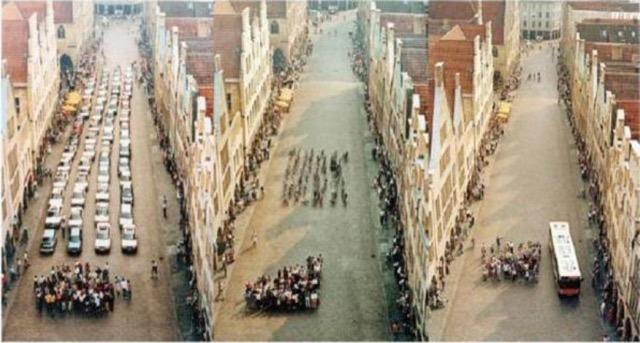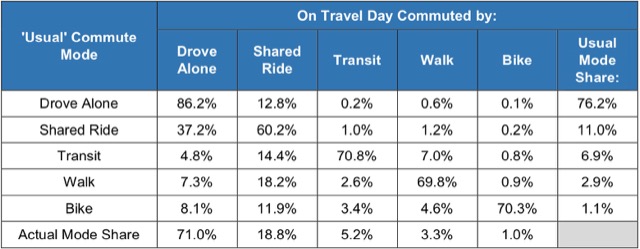New York’s Metropolitan Transportation Authority revealed that August weekend numbers were nearly 9 percent below weekend ridership in August 2017 while weekday ridership dropped 2.5 percent. Since much of New York’s Penn Station was closed in August 2017, leading many riders to find other travel methods to avoid significant delays, the fact that ridership in 2018 was below 2017 shows that the system is in deep trouble. Worse, MTA says that ridership declines appear to be accelerating.
The problem is so bad that 60 Minutes devoted a segment to it yesterday, asking “Why has the New York City subway gone off the rails?” There’s really two possible answers to this question: 1. They haven’t spent the money needed to keep it going; or 2. It simply costs too much to keep it going. The first assumes the money is around but has been squandered on the wrong things (as Republican candidate for governor Marc Molinaro says, “ribbon-cutting projects”) while the second assumes that it is simply impossible to expect taxpayers to pay all of the costs of rehabilitating and maintaining the system.
Everyone from subway riders to politicians would like to believe that the first answer is right. But it is increasingly likely that the second answer is the truth. Continue reading









